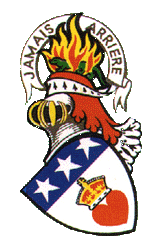Douglas Support, formerly Rosehall
This page is a stub -
You can help complete it
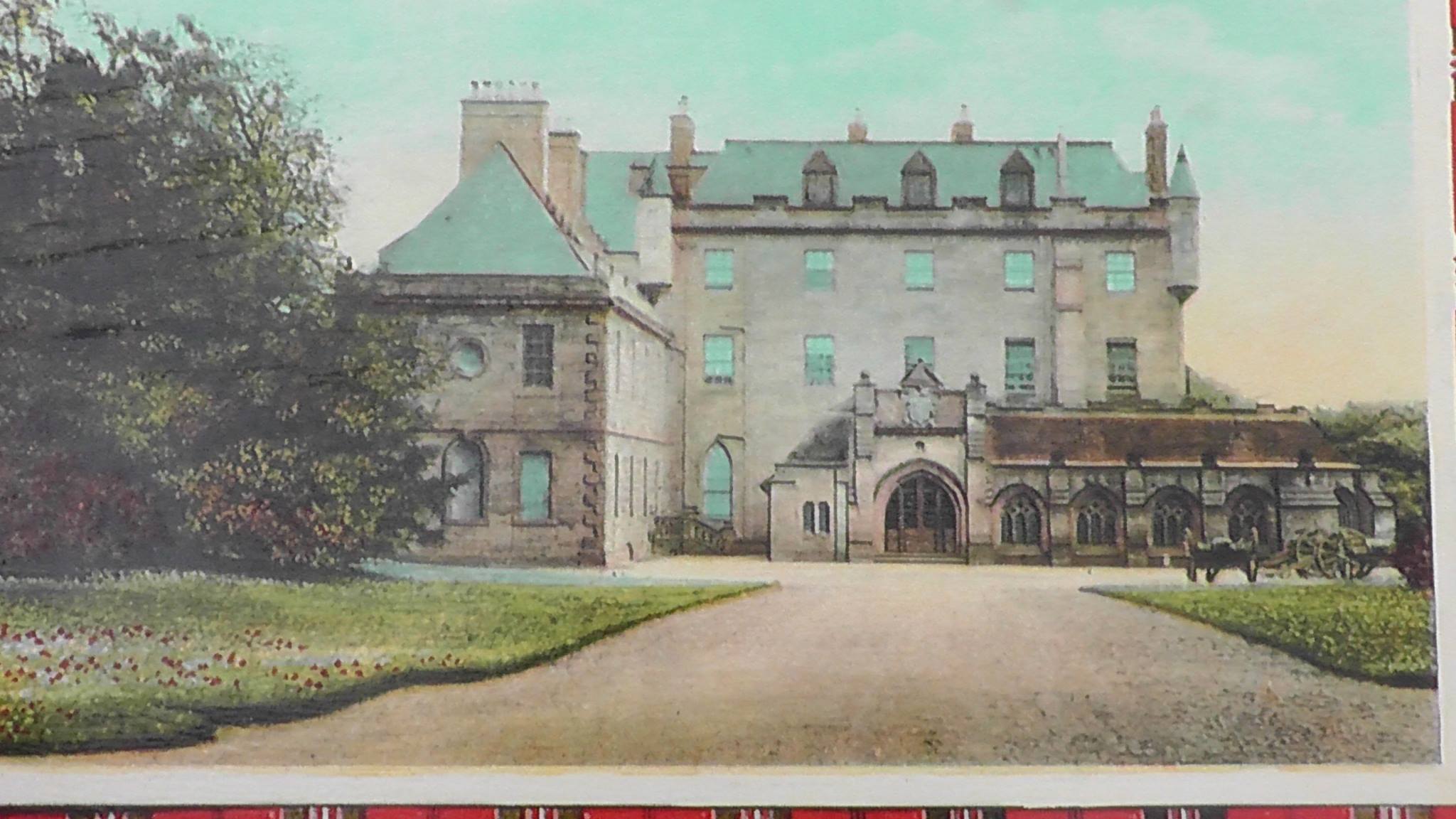 |
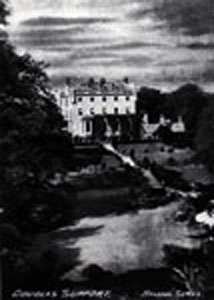 |
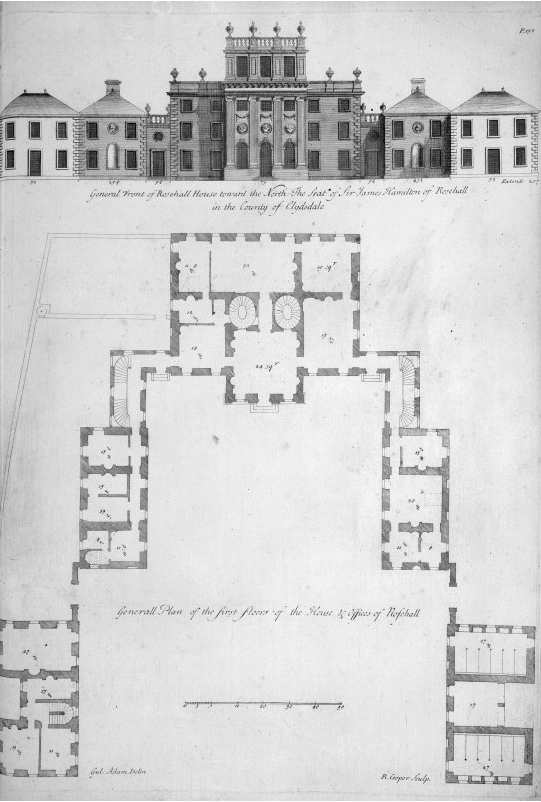 |
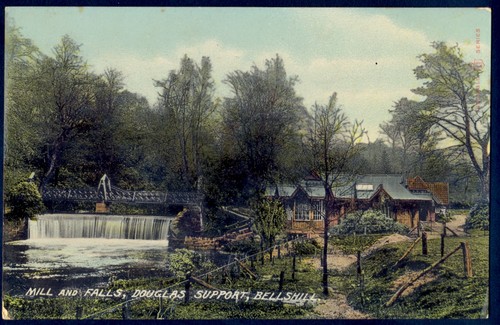 |
| Note the canon |
View from the south |
Rosehall from the front |
The mill and falls |
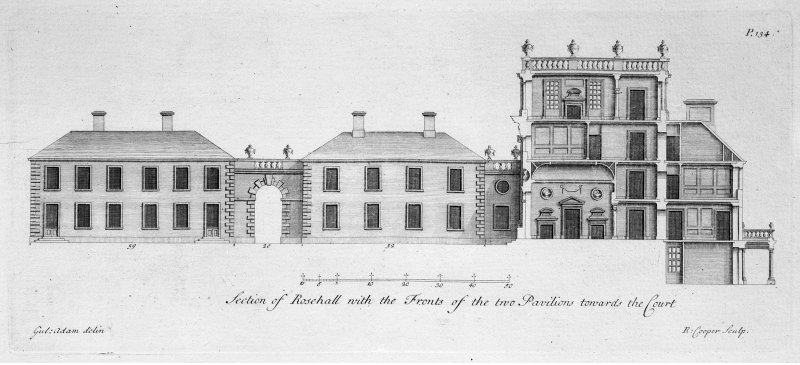 |
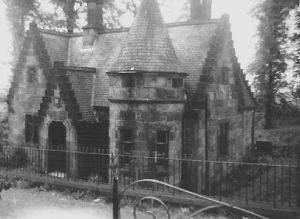 |
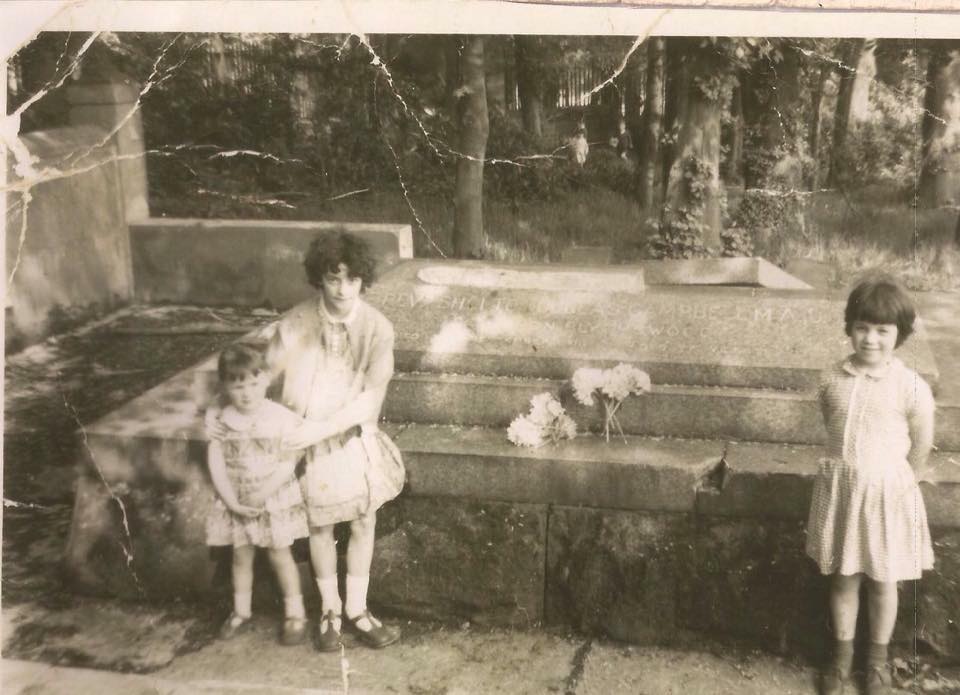 |
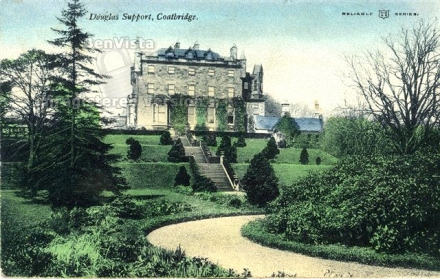 |
| Section showing pavilions |
The Gatehouse |
Visitors lay flowers on the
tomb of the
Rev Sholto Douglas |
Garden and terraces |
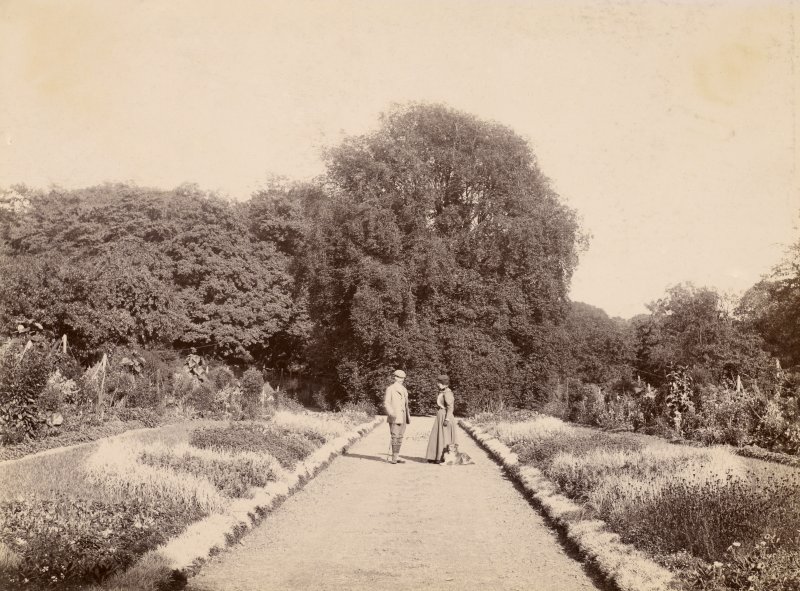 |
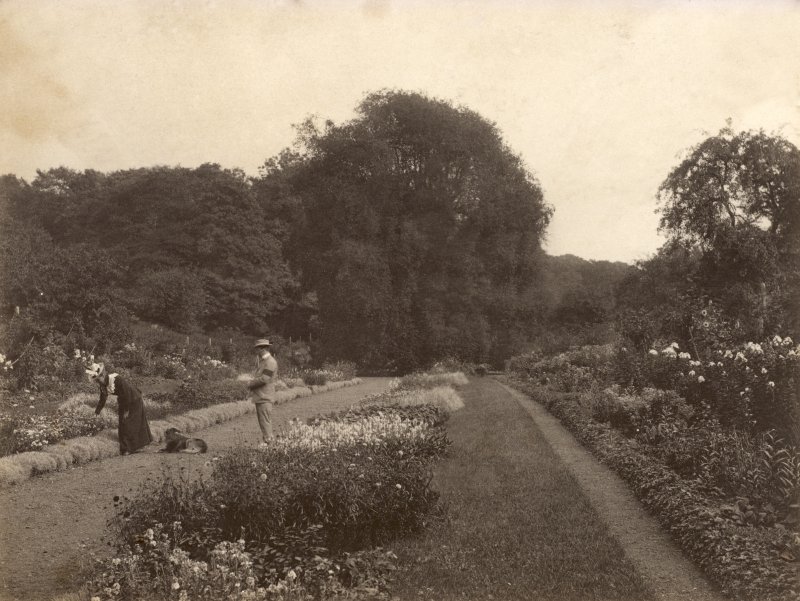 |
 |
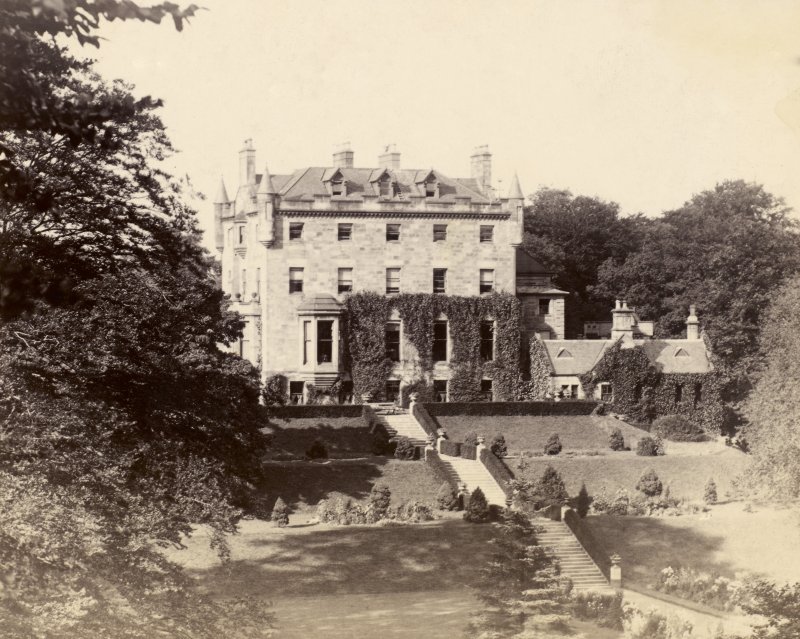 |
| The gardens |
The gardens |
The gardens |
The mansion house` |
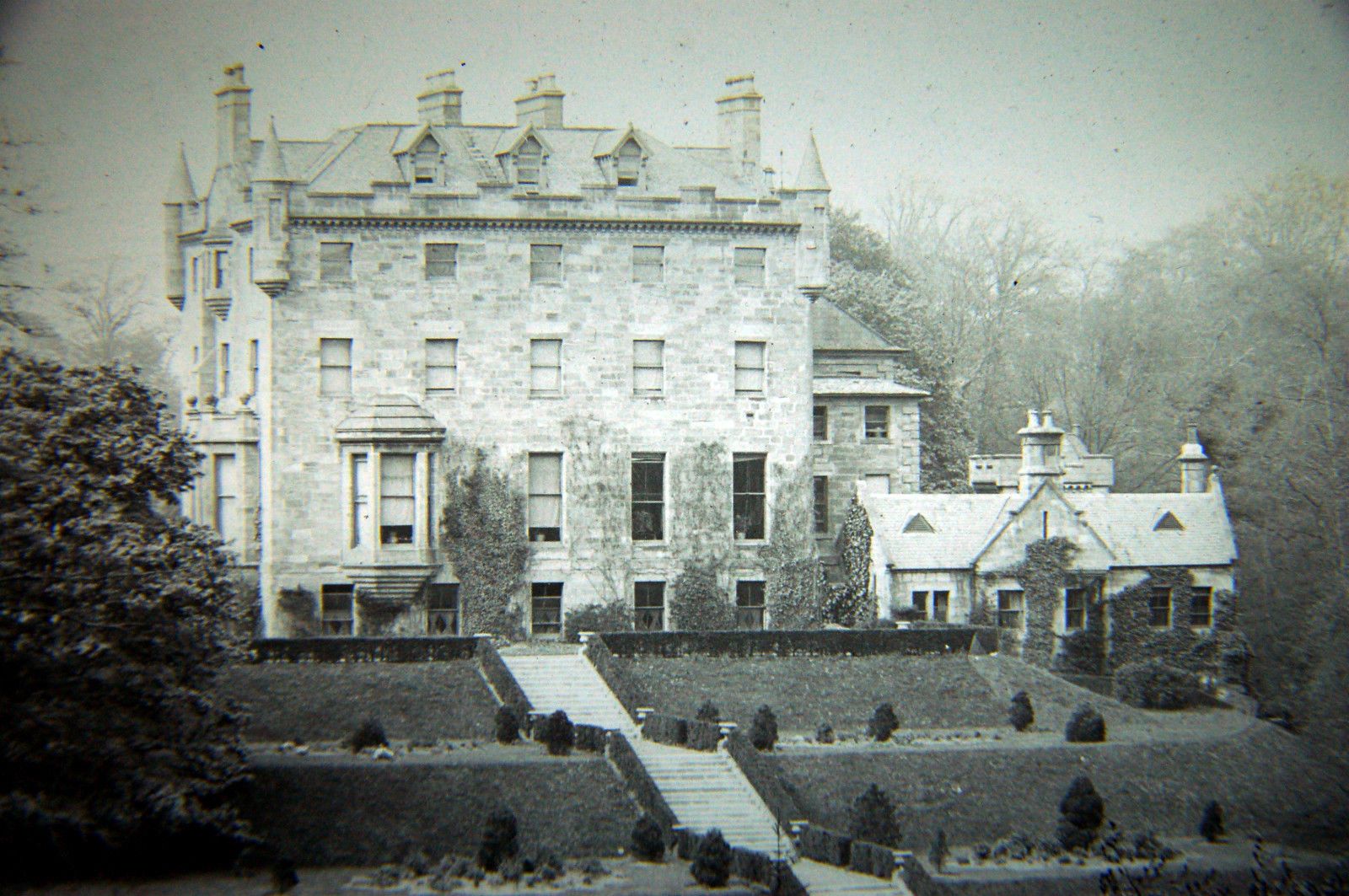 |
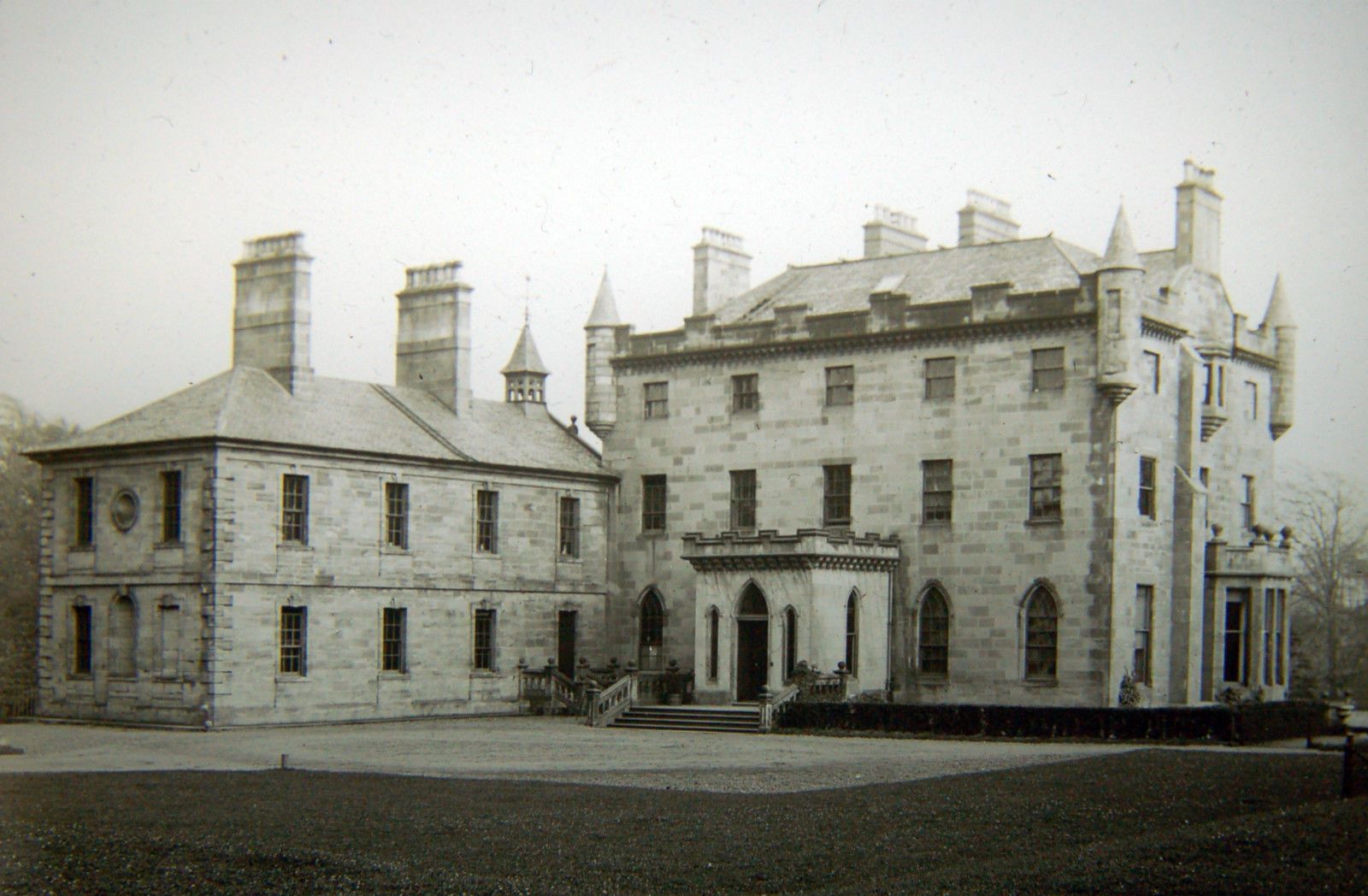 |
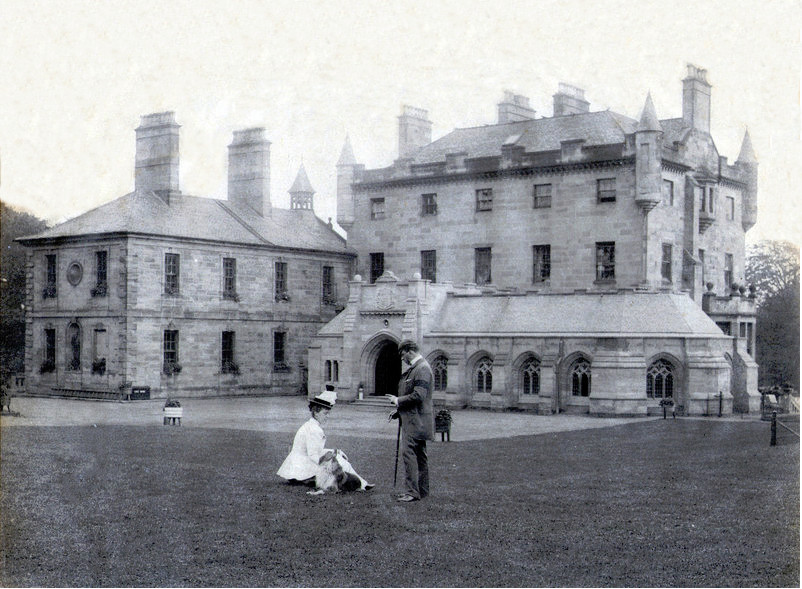 |
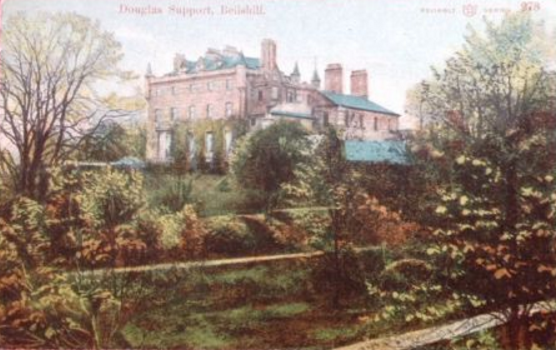 |
| Douglas Support c1890 |
Douglas Support c1890 |
Douglas Support |
Douglas Support, 1905 |
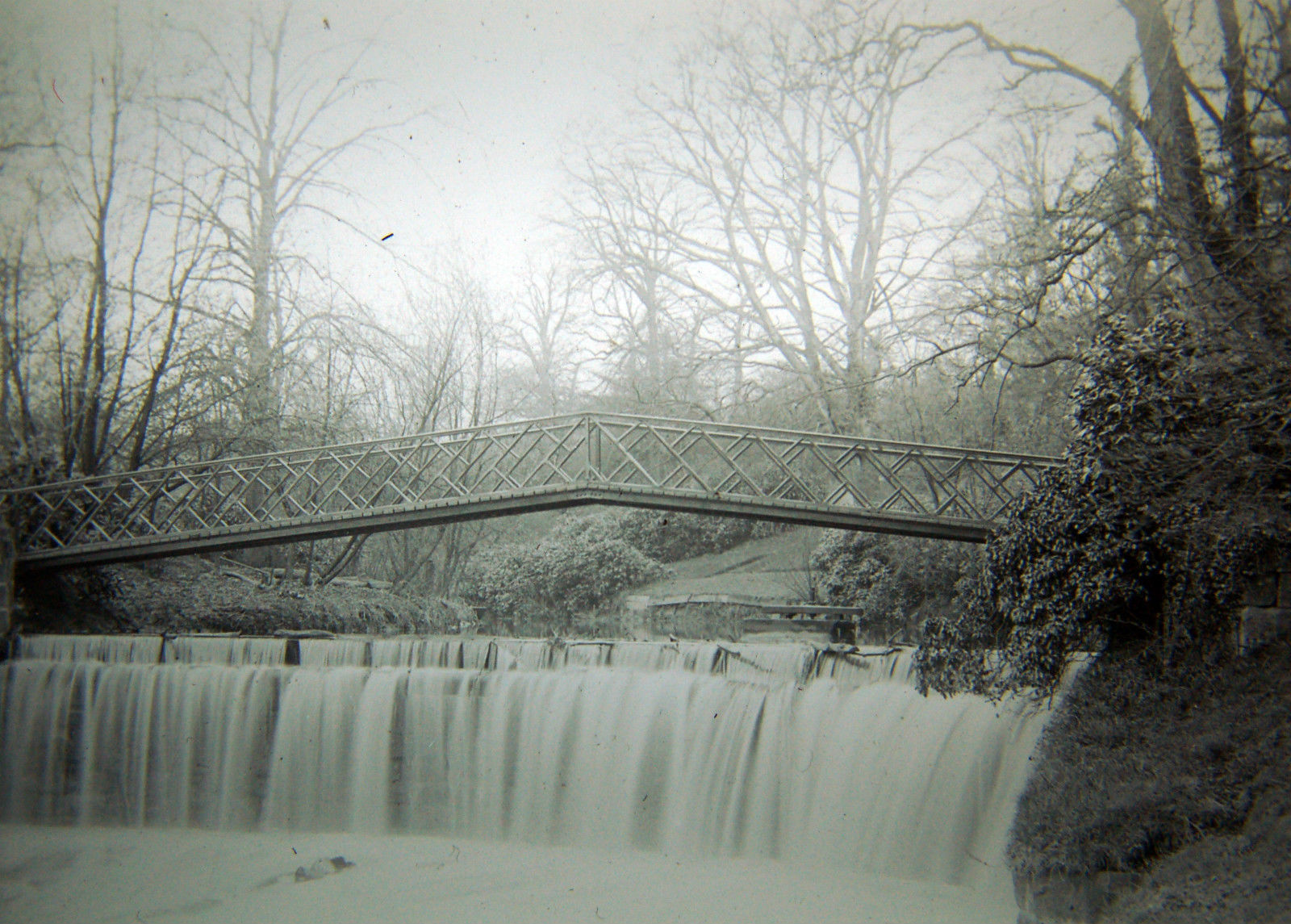 |
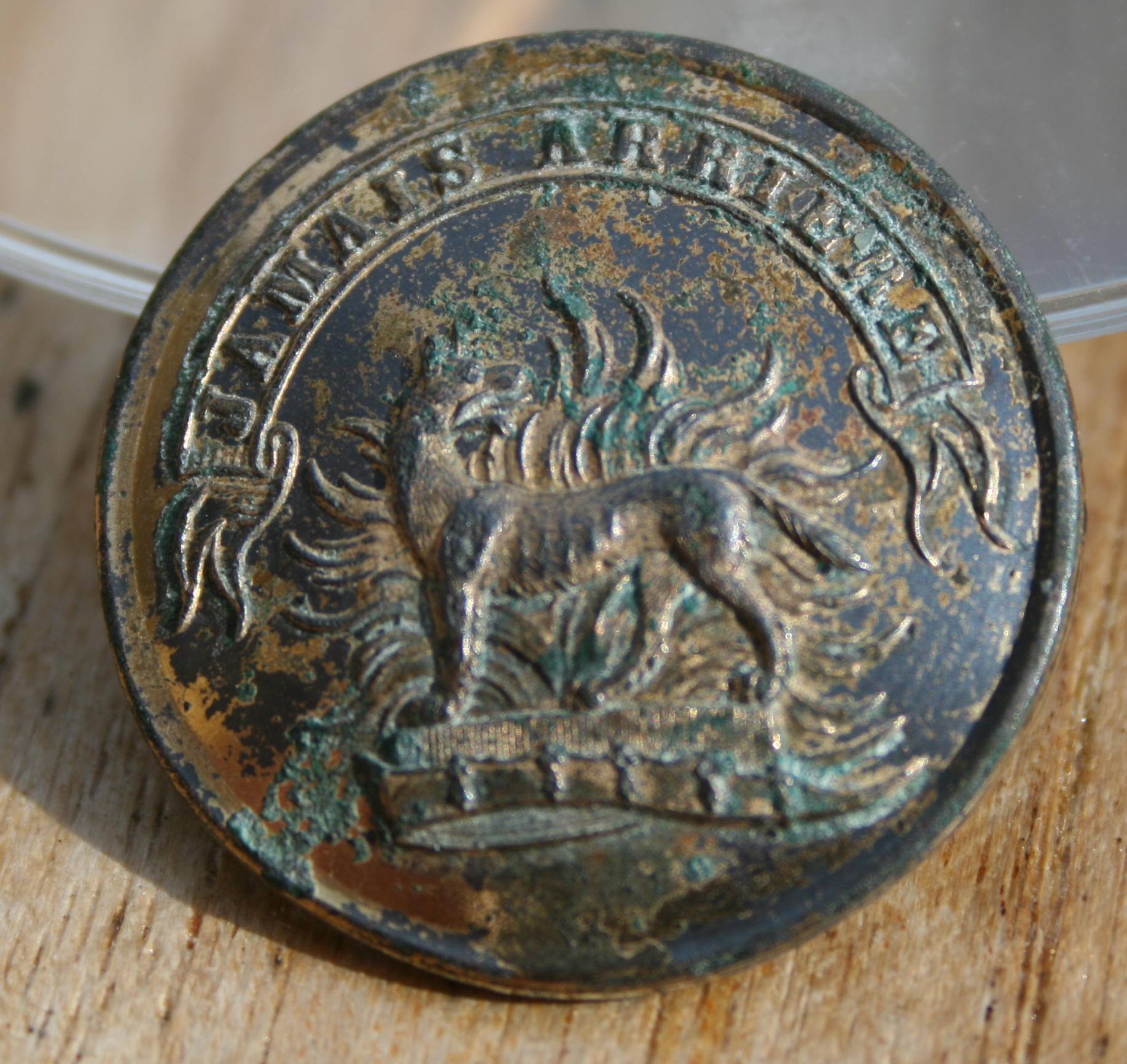 |
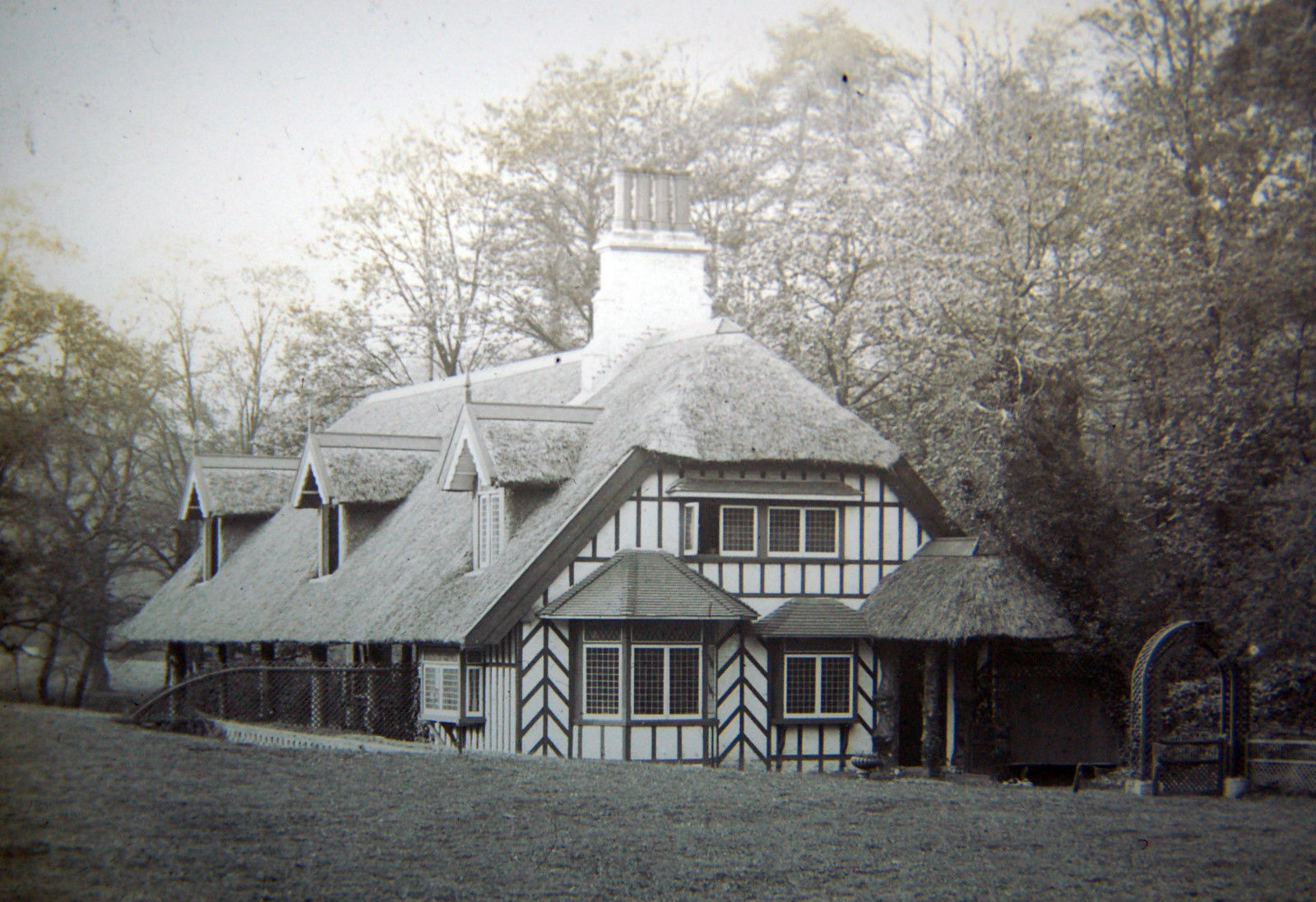 |
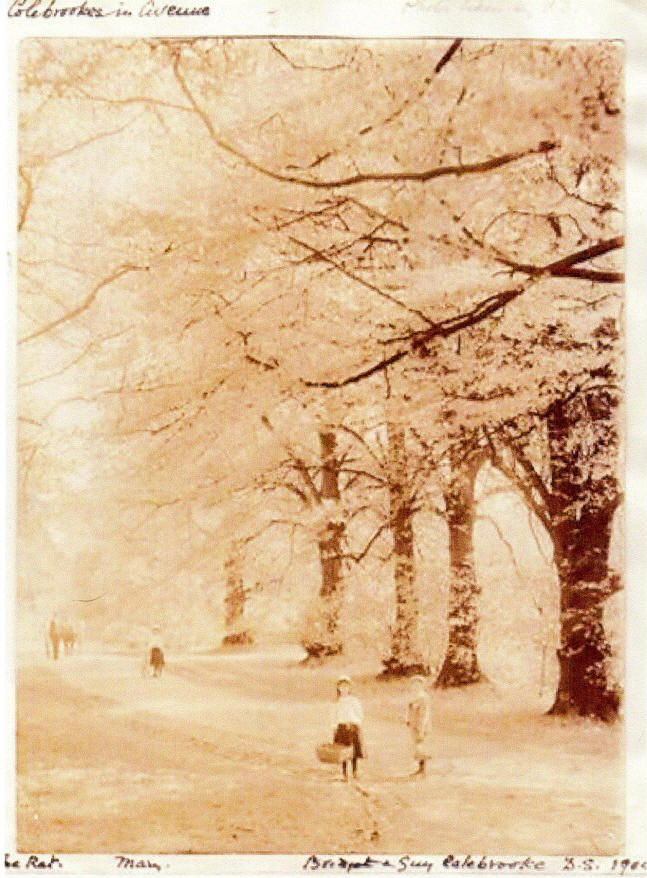 |
| Bridge over North Calder |
Button |
The White House c1890 |
The Avenue, 1906 |
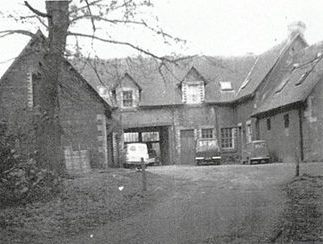 |
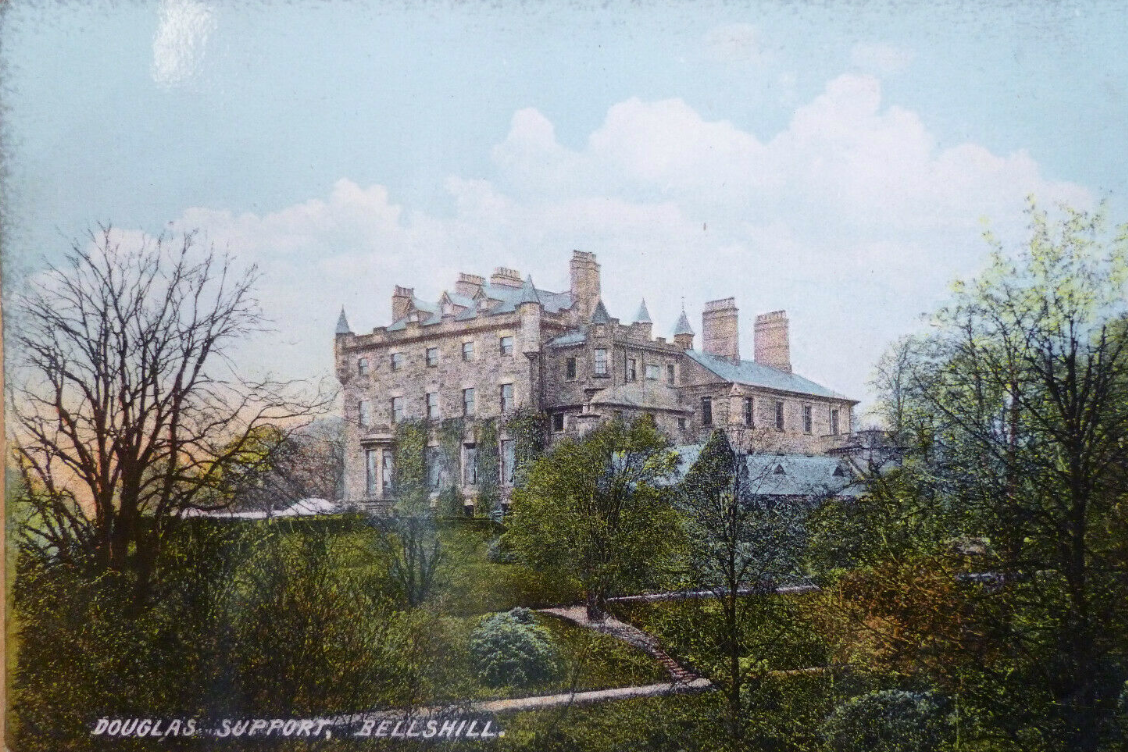 |
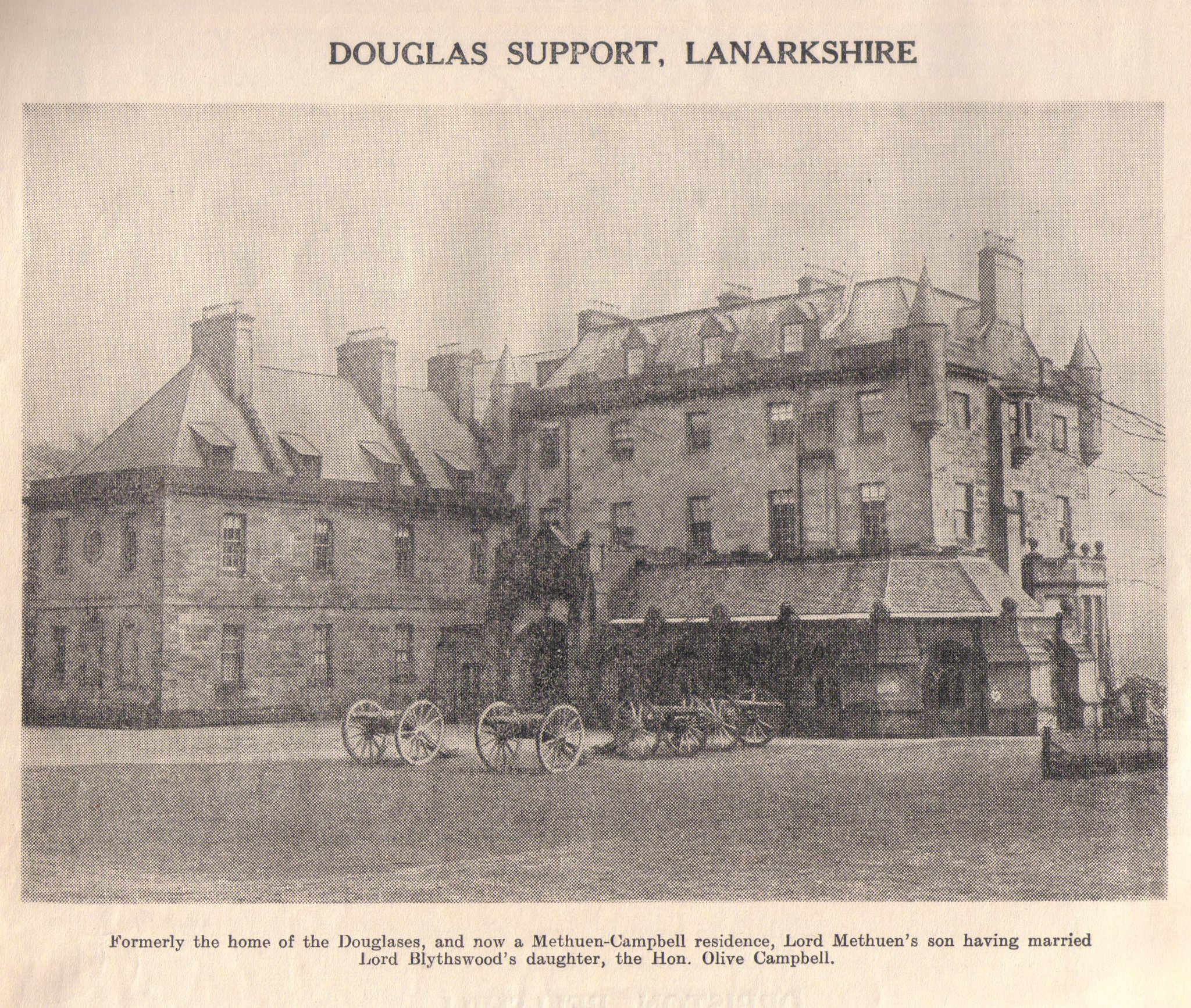 |
 |
| The estate offices |
Mansion House,
from south east |
The Mansion House
in 1928 |
Douglas Support |
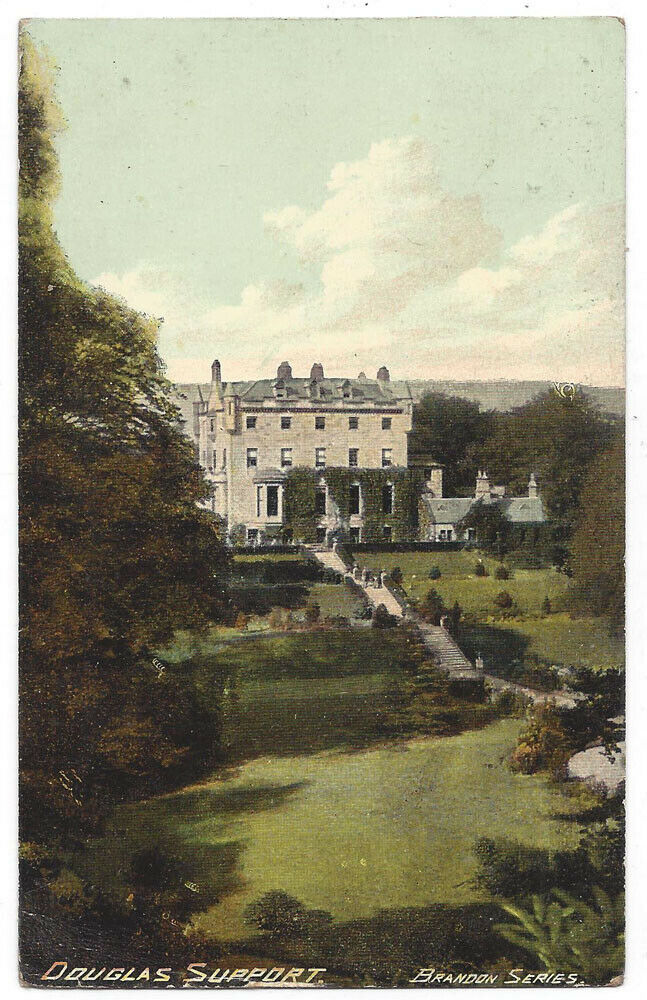 |
 |
 |
|
Mansion House
c1906 |
The 'Mill and electrics'
c1906 |
Rosehall, later
Douglas Support
|
|
 |
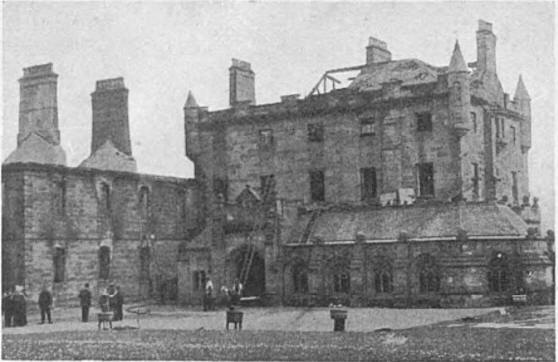 |
The Mansion House;
demolition in 1938
|
The ruined mansion house |
In July 2020, part of the former Douglas Support estate was taken
into community ownership by the Viewpark Conservation Group and a
programme of restoration of the grounds was started.
The following description, dating from 2001, does not take into
account the impact of the construction of the M8 motorway, which
cuts a swathe through the northern section of the Douglas Support
Estate.
The origins of the Douglas Support Estate can be traced back to
the 17th century. The existence of a well-established and extensive
area of policy woodland and parkland seems to be confirmed in a plan
of 1752. By 1859 the OS plan shows the designed landscape and the
later plan of 1898 shows a formal landscape setting for the mansion
house (Rosehall House), gardens which incorporate riverside walks
and circuit paths, policy woodland and parkland incorporating scenic
drives from lodge houses. The house was demolished in 1939 and the
subsequent neglect and abuse (exacerbated more recently by vandalism
and fly tipping) has resulted in the degradation of the quality and
integrity of the designed landscape.
During the latter half
of the 19th century and first half of the 20th century, there were 2
collieries within the northern half of the site, including a series
of mineral railways.
Planning permission was granted in
20/11/92 for the "Infilling, Grading and Restoration of Land and
Formation of Temporary Haul Roads" within the site (ref. No.
M/91/254). This allowed for the removal of the Alderston Bing (to
the south of the site) which then facilitated the development of the
Strathclyde Business Park. Two parts of the site (extending to
around 14 ha) were raised and subsequently shaped and landscaped.
In the early 1990's, Monklands District Council and the Trustees
of the estate created a joint venture company with a view to
promoting the site for business and industry. This agreement lapsed
following Local Government re-organisation and the applicant (Park
Lane Palisade) was appointed by the Trustees to continue with the
promotion in 1997.
In the early 1990's, the Scottish Office
had plans to complete the motorway connection between Newhouse and
Baillieston. This was designed to allow for the retention of the
existing A8 as a local distributor road which was to be supplemented
by a new "off-line" 6-lane motorway. Within the application site,
the new motorway was to have been sited within the northern half of
the site (roughly from a line from the north west corner towards
half way down the eastern boundary). These plans were at an advanced
stage (tenders approved and land acquired through Compulsory
Purchase Orders) when they were shelved in 1997. Since then, the
Scottish Executive has confirmed its commitment to upgrade the A8 to
motorway standards before 2010 (Central Scotland Transport Studies:
January 2003) although a decision has yet to be taken on whether
this will be built on or off line. The Douglas SupportThe Douglas Support Estate extends to 120 hectares (300 acres) and
is located between Bellshill and Coatbridge alongside the AS, west
of the A725 at Shawhead. The boundaries and immediate surroundings
are described as follows:
North
The estate is bounded
mostly by the A8 with small areas protruding northwards at the Old
Lodge Cottage and Shawhead junction. Adjoining the A8 at this
location (west to east) is part of Old Monklands Cemetery, a recent
housing development by Wimpy, Old Lodge Cottage, a vacant area of
ground which is currently the basis of a reserved matters
application by Strathclyde Homes for 33 houses industrial units at
Rosehall Industrial Estate and finally Shawhead junction (including
the recently completed road improvements comprising a new
roundabout) with housing and industrial units within Rosehall to the
north and east.
East
For the most part, the A725 Bellshill
Bypass marks this boundary although part of the boundary extends
slightly to the east of that road towards part of the North Calder
Water with residential areas off North Road Bellshill to the
south-east.
South
The wooded valley of the North Calder
Water bounds the entire southern edge of the site. The north-most
edge of Strathclyde Business Park and Righead Industrial Estate
share a boundary with the application site at this point. The
Business Park is now well established although there are further
development areas at the north-east corner of the Park. At the
south-west corner of the site lies a residential area which forms
part of Viewpark.
West
This comprises a field boundary and
adjoins agricultural land of Bankhead Farm further west.
The
topography of the estate is one of gentle undulation, with the steep
valley sides of the North Calder Water along the southern boundary.
Ground levels vary from 87m AOD at the north-east corner to 57m AOD
at the south-west. In general, the estate can be separated into 3
distinct areas:
The top half of the site is characterised by
gently undulating agricultural grazing land interspersed by some
blocks of woodland and tree belts. This is traversed west/east by
electricity pylons and below ground by a high-pressure gas main. At
the north west corner of the estate is the farmhouse and buildings
of Shawhead Farm. A burn runs east to west towards the North Calder
water through the western half of this area. There are some areas of
standing water including the marshy area known as the Crow Flat pond
at the north-west corner near the farm.
Further south is the
remains of the planned landscape which formed part of the policies
of the now demolished Rosehall House. This area comprises some areas
of grazing land enclosed by mature woodlands, tree lined paths and
limited remains of the house and its estate buildings. The former
access to the house is still recognisable as a tree lined track
which runs west/east across the south-east of the site toward s the
A725.
Finally, alongside the southern boundary is the steep
wooded valley of the North Calder Water.
There are currently
3 main points of entry to the site. Firstly, there is a vehicular
access directly off the A8 which connects with Shawhead Farm.
Secondly, pedestrian access can be taken from what was the original
main access to the estate off the A725. Lastly, a footpath
connection at the south-west corner of the site connects the site
with Strathclyde Business Park (to the rear of the Grants bottling
plant,) Viewpark (off Laburnum Road) and Righead Industrial Estate.
The northern half of the site can be seen quite clearly from the
A8 corridor and the A725 at Shawhead, whilst clear views of the
southern half of the site can be had from Viewpark, Strathclyde
Business Park and the adjoining stretch of A725.
The estate
is farmed from Shawhead Farm (tenanted) and comprises mostly grazing
with some arable production. The majority of this land (85%) is
quantified as being Grade 3.2 (good quality) with the remainder
being of a lesser quality.
There is much evidence of neglect
and vandalism throughout the site including burnt out cars
(estimated to be at least 30 on recent inspection) fire damaged
trees, fly tipping (particularly at the access from the A725) and
evidence of anti-social behaviour including large numbers of empty
beer cans.
A desk-based study and reconnaissance field survey were undertaken
in February and March 2001 towards the preparation of a cultural
heritage chapter for an Environmental Statement for a proposed
business park within the Douglas Support Estate, near Coatbridge. Eight sites were noted. Two known sites were a prehistoric
burial site (NS76SW 1) and a battle-axe findspot which may relate to
the same site (NS76SW 20). No field remains of the burial site were
observed, and its former location has been partly disturbed by a
recent pipeline development.
Two former coal mines (Rosehall
Colliery Pits 3 and 12: NS 727 626 and 720 627) have largely been
landscaped and reclaimed, and fragments of the former mineral
railway network survive in the surrounding landscape. Two annular
enclosures (NS 726 624) and a curvilinear parchmark (NS 722 629)
were detected on vertical aerial photographs, but no surface traces
of these sites were identified through field survey.
Part of the
former Douglas Support Estate grounds lie within the study area.
Field survey confirmed that most of the former estate buildings,
including the country house at NS 722 621, have been demolished,
although the ruins of the estate offices (NS 723 623) and a
mausoleum (NS 720 623) survive, and the 19th-century terraced
gardens overlooking the North Calder Water remain as substantial
earthworks. The former garden features of the estate have largely
been removed, although surrounding parkland features survive in
good, if neglected, condition. bsp;
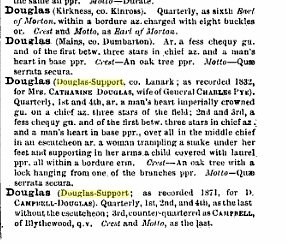
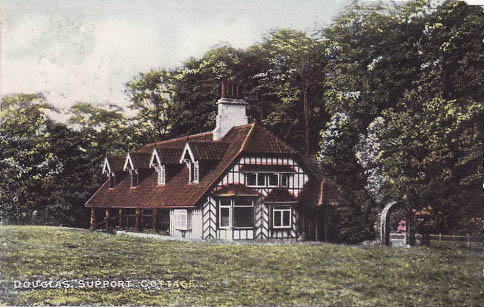 |
| The White House, or Garden House, used by Sir Winston Churchill whilst on holiday.
Also referred to as 'Doll's House'. |
In 1691 Sir James Hamilton, 2nd Bt. (1682-1750), purchased from Sir
Archibald Hamilton, 1st Bt., the Lanarkshire estate of Haggs,
subsequently renaming it Rosehall (contemporaries often favouring
the spelling ‘Rosehaugh’).
November 1791
estates in
Lanarkshiress have more than doubled in value since 1783, independent of the numerous mines lately discovered. Great quantities of
haugh land have been lately sold at Hamilton, &e. at IOOl. per acre,
for agricultural uses merely; and so rapid has been the advance in
the value of landed property, in consequence of the prodigious
extension of the manufactures and opulence of the county, that
Rosehall, one of the greatest estates in Clydesdale, has been sold
three times within four years, its' different owners being induced
by high prices to part with their purehases
He took the surname Douglas on 18 December 1850, on inheriting the
estate of Douglas Support, which had been entailed to the
descendants of his paternal grandmother by her sister Margaret,
Duchess of Douglas.
Major Archibald Douglas Monteath served in
the East India Company.
In 1850 Monteath's brother, James
Douglas....
James Douglas of Virginia
m. Katherine Brent (dau
of George Brent of Virginia) (She received a legacy from her
sister-in-law, Margaret, Duchess of Douglas, provided she was in
Scotland to accept it. (2)
((A)) Col Archibald Douglas of Douglas
Support (dsp 17.01.1804 at Rosehall)
((B)) Margaret Douglas of Douglas
Support (d unm 1832)
((C)) Catherine Douglas of Douglas Support (dsp
1848)
m. George Pye, later Douglas (General)
Archibald, Margaret and Catherine all appear to have died childless.
James Hamilton's grandson having married the daughter of Sir
Archibald Hamilton of Rosehall, his son Archibald succeeded to that
estate which adjoined, as well as to Dalzell and Orbiston.
Archibald's son, General John Hamilton, sold Rosehall, and it is now
called "Douglas Support."
The Flemish style Douglas Support
mansion lay on the banks of the North Calder River. Owned by a
branch of the Hamilton family in 1574, ...
THE Rev. Sholto
Douglas Campbell, M.A., second Baron Blythswood, is the second son
of the late Archibald Douglas of Mains, who succeeded to the
Blythswood estate in 1838, and assumed the name of Campbell. He took
an active part in initiating the parochial mission movement in the
Church of England, and though he had inherited the estate of Douglas
Support, near Coatbridge, from Brigadier-General Sir Thomas Monteith
Douglas in 1868, he remained in his English charge till 1887.
In 1873, Rev Sholto D.C. Douglas, residing at Douglas Support, Old
Monkland, held 1,393 acres with a Gross Annual Value of £1,814 and
minerals at a GAV of £6,429 3/- In June 1908 his mansion at Douglas-Support, Renfrewshire, was
destroyed by fire. He succeeded to the title of 2nd Baron Blythswood,
co. Renfrew [U.K., 1892] on 8 July 1908
Testament of
Margaret, Duchess of Douglas
...employ the free residue of my
said money Goods and Effects hereby conveyed or such part thereof as
they shall see proper & convenient in
the purchase of Lands in
Scotland the lands so to be purchases to be called in all time
thereafter Douglas Support (or Mains Support) Support of
Douglas in the Event That the said Archd Douglas my Nephew shall
succeed to the Estate of Mains...
The Duchess of Douglas
survived till 24 Oct. 1774. Tradition pictures the duchess as
travelling about the country with an escort of halberdiers. She
commemorated her own share in securing the Douglas estates to her
nephew by bequeathing certain lands to her brother's son, Captain
Archibald Douglas, to be called the lands of Douglas-Support, and
the possessor of which was to bear the name of Douglas, and as his
arms the conjoined coats of Douglas and Mains, with the addition of
a woman trampling a snake under her feet, and supporting in her arms
a child crowned with laurels.
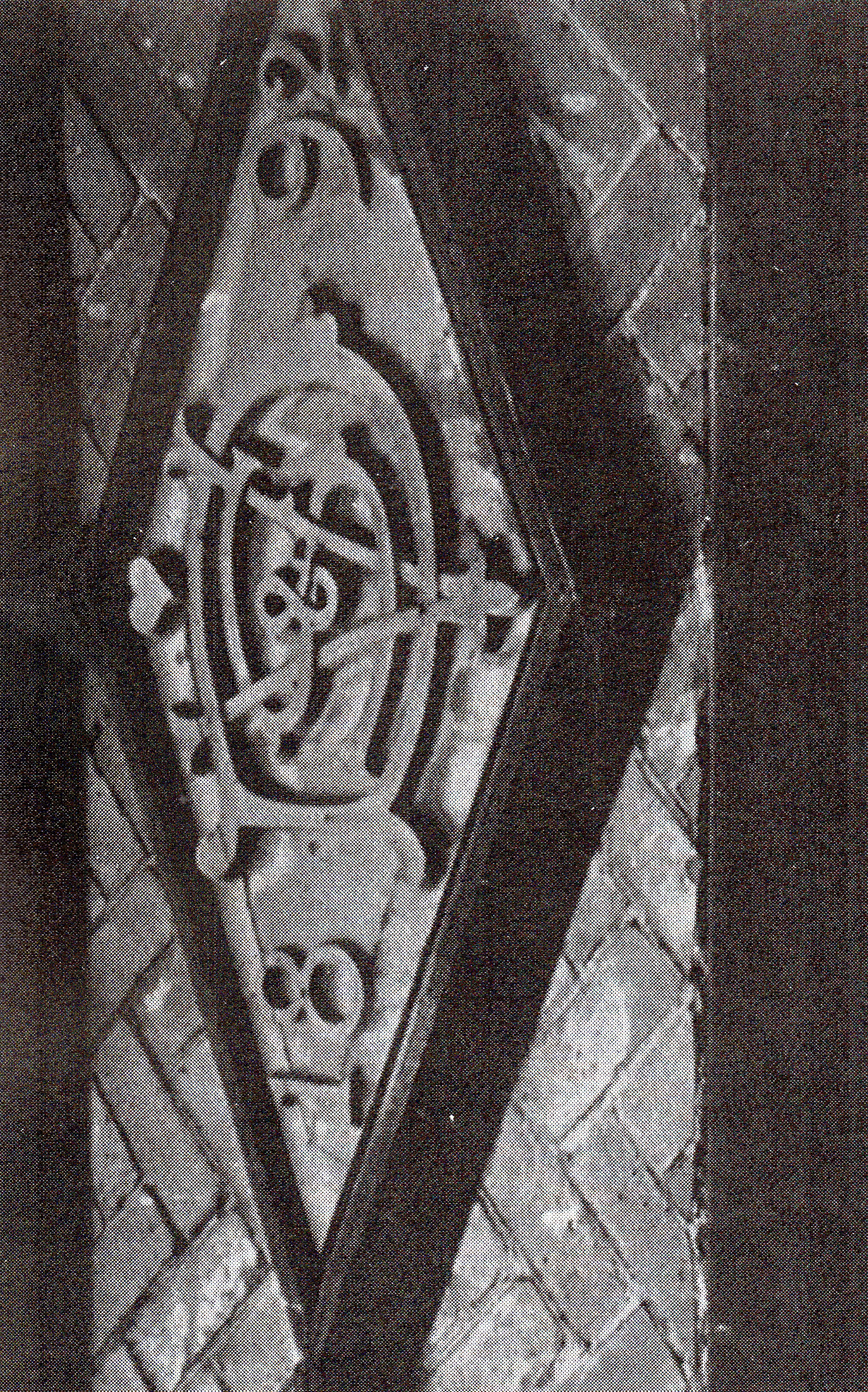
In 1892, a foundation stone was laid for a building known as The
Dolls House. A similar inscription was found in the floor of the
offices and stables.
On 20th and 21st January 1848, the contents of Rosehall were
sold by auction.
2003...the development of the Douglas Support Estate at Shawhead.
The project would see the establishment of a major new high quality
business park stretching from Strathclyde Business Park in Bellshill
to the A8 at Shawhead...
Douglas Support
Douglas Support Cottage
Douglas Support East
Lodge
Douglas Support North Lodge
Maj.-Gen. Barrington Bulkeley Campbell, 3rd Baron Blythswood, died
on 13 March 1918 at age 73 at Douglas Support, Coatbridge,
Lanarkshire, Scotland.
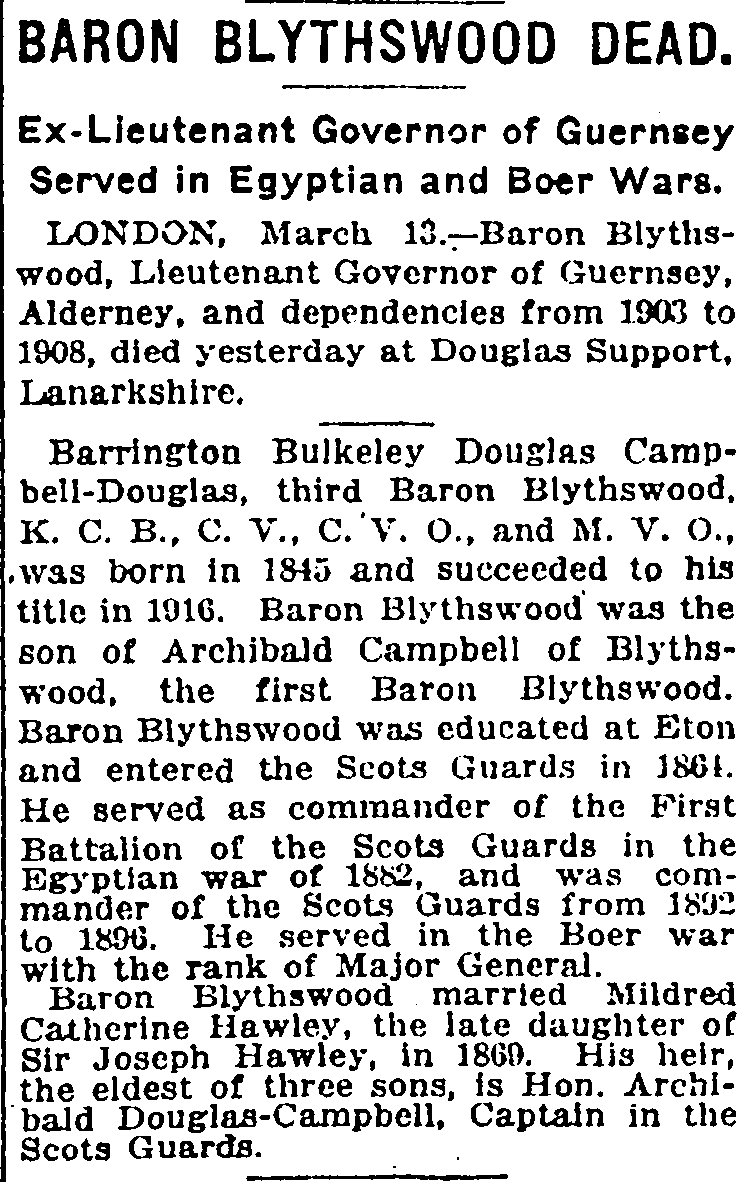
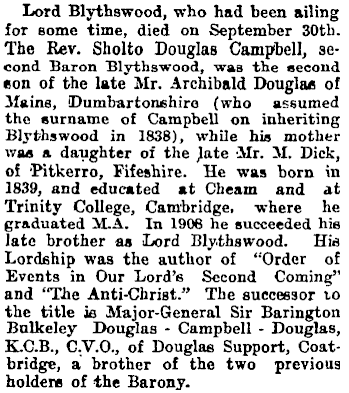 Auckland
Star, Volume XLVII, Issue 282, 25 November 1916, Page 14;
Auckland
Star, Volume XLVII, Issue 282, 25 November 1916, Page 14;
Archibald Douglas Archibald Douglas Monteath ("the Major"), who resided at 146 West
George Street, Glasgow, was the recognized arbiter of beauty in
Glasgow. The house was pulled down to build the new Club. Major
Monteath had made a fortune in India (rumour said, by looting a
treasure elephant), and on his death in 1842 James Monteath
succeeded to his fortune.
James Monteath was a partner with
Archibald Hamilton in the firm of Hamilton, Monteath & Co., wine
merchants, and Distributor of stamps in Glasgow in succession to
Colonel Mure of Caldwell, which office he demitted on 16th May,
1843. Mr. Monteath was the son of Walter Monteath of Kepp (or Kipp),
and Jean, second daughter of James Douglas 13th of Mains, and
Rebecca Wallace. He was a man universally liked and respected, with
a kind heart and gentle manners. He also succeeded to Rosehall (now
Douglas Support) under the entail and took the name of Douglas. He
bought Stonebyres, and died unmarried on 3rd June, 1850.
New York Times, 14 March 1918
Soldier. Born Thomas Monteath, he acquired the name Douglas in 1851
as a condition of inheriting the estate of Douglas-Support near
Coatbridge in North Lanarkshire. Monteath Douglas spent much of his
career in India, serving with the 35th Bengal Infantry. He was
decorated for service during the First Afghan War, having
distinguished himself in the defence of Jellalabad in 1841, with Sir
Robert Sale. He married the only surviving daughter of Sir William
Monteath Scott of Ancrum, and therefore gained control of that
estate. He died without issue and was buried in a fine mausoleum
overlooking Ancrum.
(1933) [Catalogue of material] for sale ex
mansion house of Douglas Support near Baillieston, Glasgow, Dundee;
Glasgow.
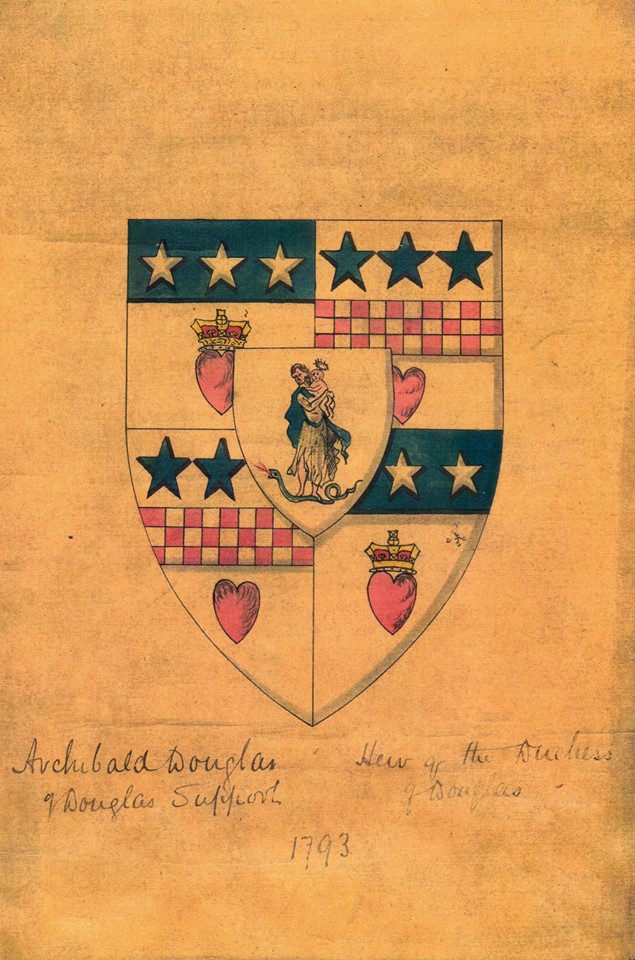 |
Coat of arms of Archibald Douglas of
Douglas Support, 1793.
He was heir to the Duchess of
Douglas |
 |
| Proposal for use of the Douglas Support Estate. |
Community acquisition
In July 2020, the Viewpark Conservation Group, in a community
led buy-out, acquired the the remaining part of the
Historic Douglas Support Estate, thus saving it from
development.
Read more>>>
S
ee also:
1.
Facebook campaign to save Viewpark Glen
2.
Testament of Margaret, Duchess of Douglas
3.
The
Trustee on the Estate of Walter Monteath, against Colin Douglas
and Others.
4.
Archibald Monteath: Igbo, Jamaican, Moravian, by Maureen
Warner-Lewis
5. Kirkstyle cottages
6. Douglas
Support links with Monteath Mausoleum (article)
7.
Film compilation of historical photographs.
8.
Family
trees for Mains, Blythswood and Douglas Support [pdf 7.5 mb]
9.
Heraldry of the Mains, Blythswood and Douglas Support families [pdf
5 mb]
Any contributions will be
gratefully accepted
Errors and Omissions
|
|
The Forum
|
|
What's new?
|
|
We are looking for your help to improve the accuracy of The Douglas
Archives.
If you spot errors, or omissions, then
please do let us know
Contributions
Many articles are stubs which would benefit from re-writing.
Can you help?
Copyright
You are not authorized to add this page or any images from this page
to Ancestry.com (or its subsidiaries) or other fee-paying sites
without our express permission and then, if given, only by including
our copyright and a URL link to the web site.
|
|
If you have met a brick wall
with your research, then posting a notice in the Douglas Archives
Forum may be the answer. Or, it may help you find the answer!
You may also be able to help others answer their queries.
Visit the
Douglas Archives Forum.
2 Minute Survey
To provide feedback on the website, please take a couple of
minutes to complete our
survey.
|
|
We try to keep everyone up to date with new entries, via our
What's New section on the
home page.
We also use
the Community
Network to keep researchers abreast of developments in the
Douglas Archives.
Help with costs
Maintaining the three sections of the site has its costs. Any
contribution the defray them is very welcome
Donate
Newsletter
Our newsletter service has been temporarily withdrawn.
|
|
|
|
|
|
|
|
